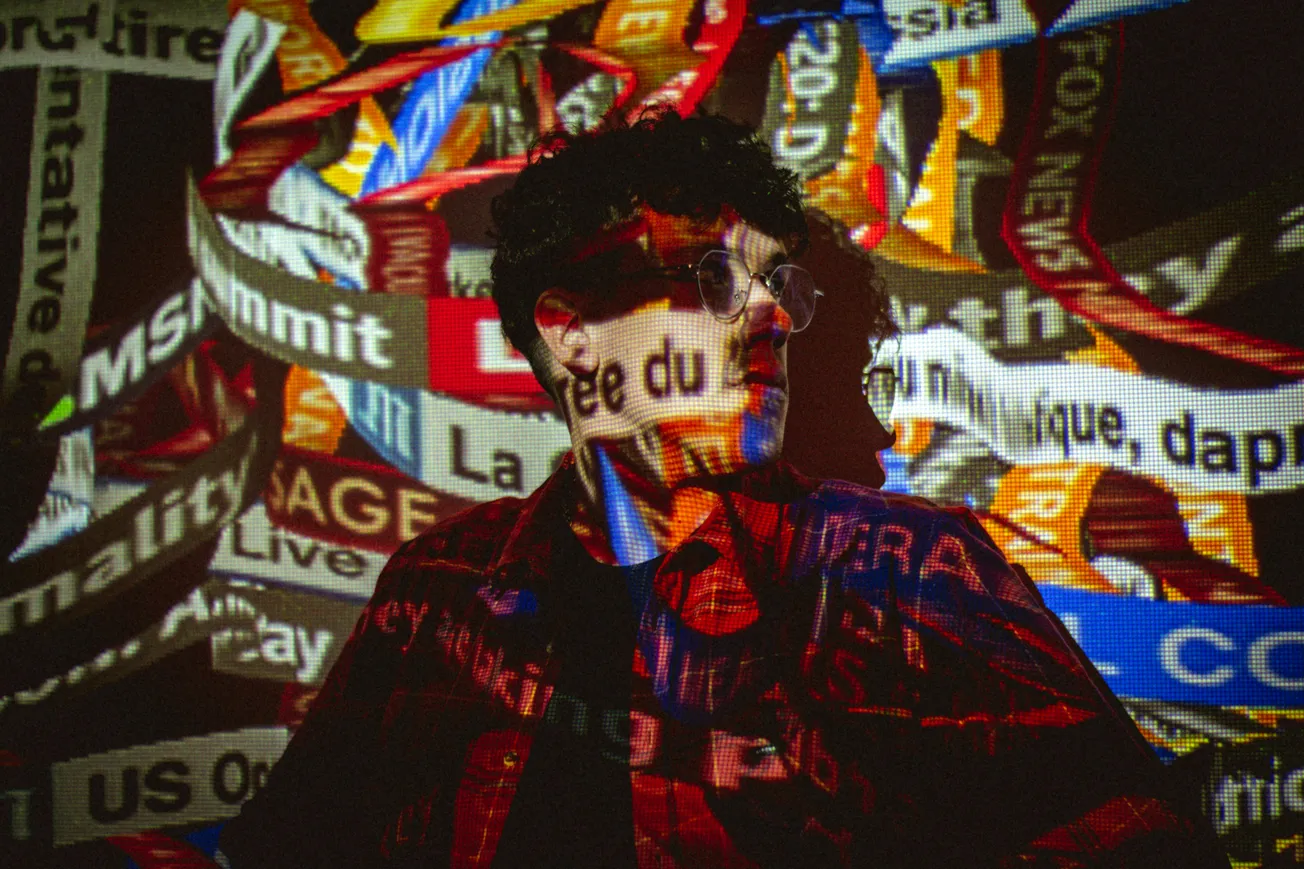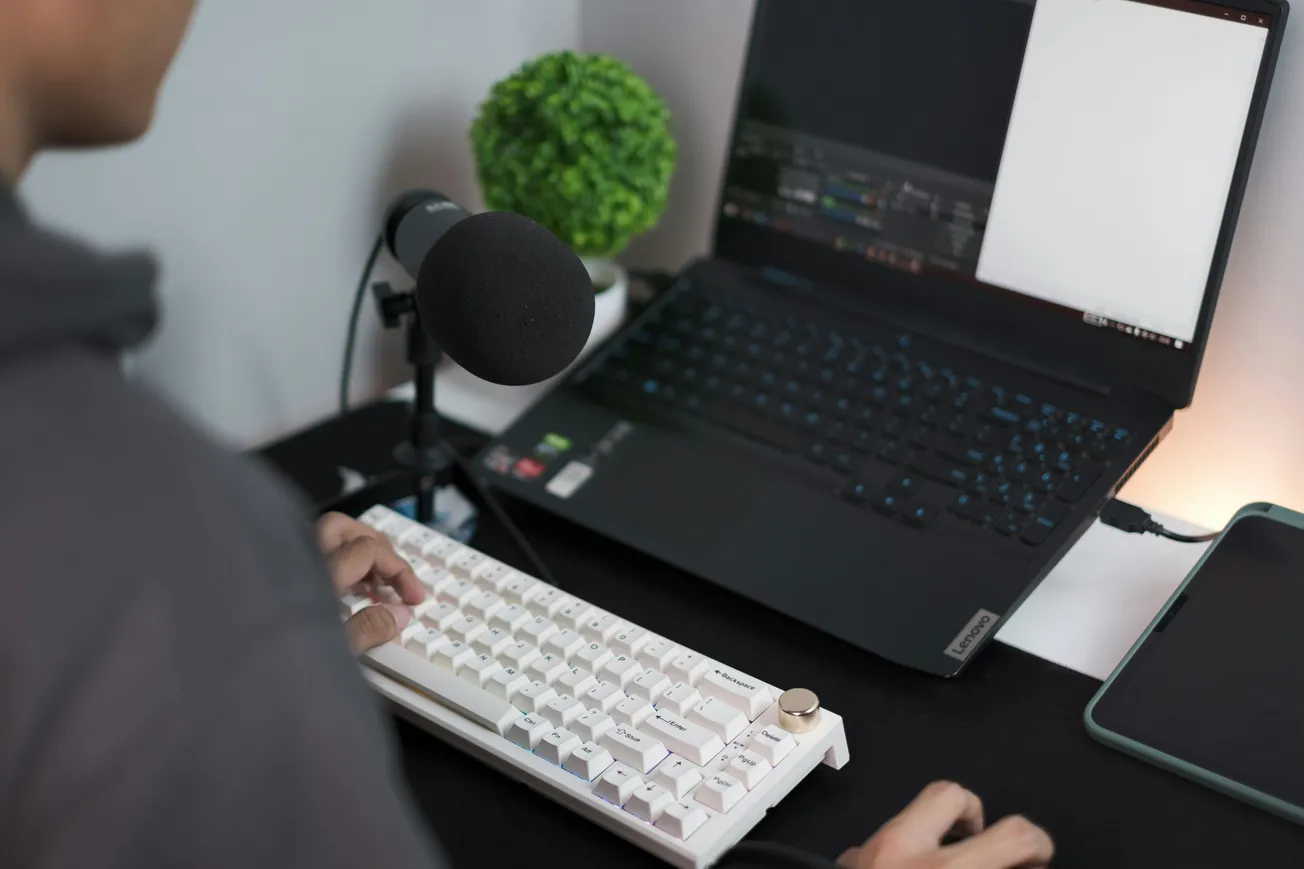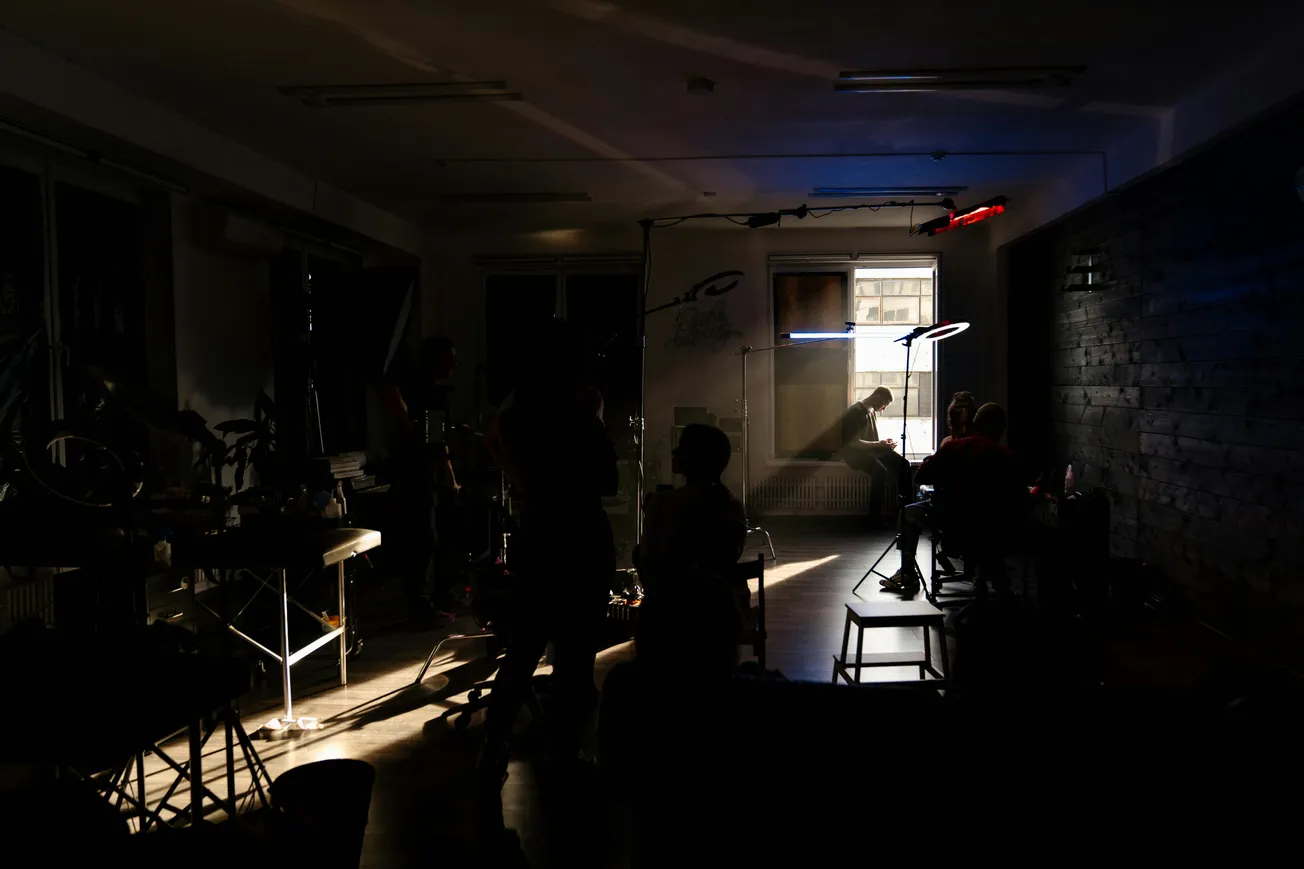As tensions rise between rights holders and streaming platforms, podcasters—especially those in review and rewatch genres—are facing increased legal scrutiny.
Recent actions by the National Music Publishers’ Association, including a campaign of takedown notices against Spotify podcasts that use unlicensed music, signal a broader push to police the boundaries of copyright in audio content.
While this crackdown primarily targets music, its implications extend to any podcast that integrates copyrighted material, even for the purpose of critique or commentary.
The Role of Fair Use in Podcasting
Review and rewatch podcasts often rely on copyrighted content to analyze, interpret, and discuss music, films, or television.
In the United States, the legal doctrine of “fair use” allows limited use of copyrighted material without permission under certain circumstances—namely for criticism, commentary, education, news reporting, and research.
At first glance, these purposes would seem to cover much of what a review podcast does. However, fair use is not a blanket protection, and its application is determined case-by-case based on four key factors.
The first factor considers the “purpose and character” of the use, with emphasis on whether it is transformative—that is, whether it adds new expression or meaning. A podcast dissecting the structure of a film scene or analyzing the production choices in a song likely qualifies as transformative.
The second factor looks at the “nature of the copyrighted work,” with factual works receiving less protection than creative ones. Most media content is highly creative, which weighs against fair use, though it is often outweighed by transformative use.
The third factor examines the “amount and substantiality” of the portion used. Using short clips, especially when not central to the original work, tends to support fair use. However, even brief excerpts can be problematic if they represent the “heart” of the content.
Finally, the fourth factor evaluates the “effect on the potential market” for the original work. If a podcast serves as a substitute or undermines the original’s value, this weighs heavily against fair use. In contrast, most review-based podcasts arguably enhance exposure and promote the original material, supporting the fair use argument.
The Pressure from Platforms and Rights Holders
Despite the legal protections that fair use may provide, podcast platforms are not courts—and they often err on the side of caution.
Takedown notices under the Digital Millennium Copyright Act can lead to swift removals, regardless of whether the content would ultimately be judged as fair use in a courtroom. Streaming services like Spotify are unlikely to challenge claims from music publishers, even if the content is arguably legal.
This risk-averse stance has left many podcasters vulnerable, particularly those producing content that walks the line between homage and infringement.
Common Misunderstandings About Fair Use
There are several pervasive myths in the podcasting world that continue to trip up creators.
The so-called “30-second rule”—the belief that clips under 30 seconds are automatically fair use—is legally unfounded. There is no fixed time threshold that guarantees protection.
Similarly, providing attribution to the original creator does not exempt a podcaster from copyright laws. Even non-commercial podcasts can face liability if they use copyrighted material without authorization.
How Podcasters Can Protect Themselves
To safely operate in the review or rewatch genre, podcasters need to take proactive steps to structure their content within the limits of fair use and beyond.
First, creators should ensure that any copyrighted material they use is employed strictly for the purposes of analysis or commentary. The more transformative and critical the context, the stronger the fair use defense.
Keeping clips short and using only what is necessary to support a point also reduces legal risk. Adding disclaimers that the content is being used under fair use principles can help indicate good faith, although they have no binding legal power.
For those seeking greater protection, obtaining licenses for music or film content is a viable, though often expensive, option.
Alternatively, some creators opt to use royalty-free or Creative Commons-licensed media, or produce original music and sound elements. Choosing podcast hosts and distribution platforms that support fair use claims and provide takedown dispute mechanisms is also a strategic decision, particularly as larger platforms become increasingly cautious.
Conclusion
The increasing crackdown on unauthorized content use in podcasts is reshaping how creators approach review-based formats.
While fair use remains a vital legal tool, it is not an absolute shield. Podcasters in the music and film commentary space must understand the nuances of copyright law, anticipate platform sensitivities, and be prepared to defend their work.
With careful planning and informed strategies, it's still possible to critique, analyze, and celebrate pop culture while staying on the right side of the law.









